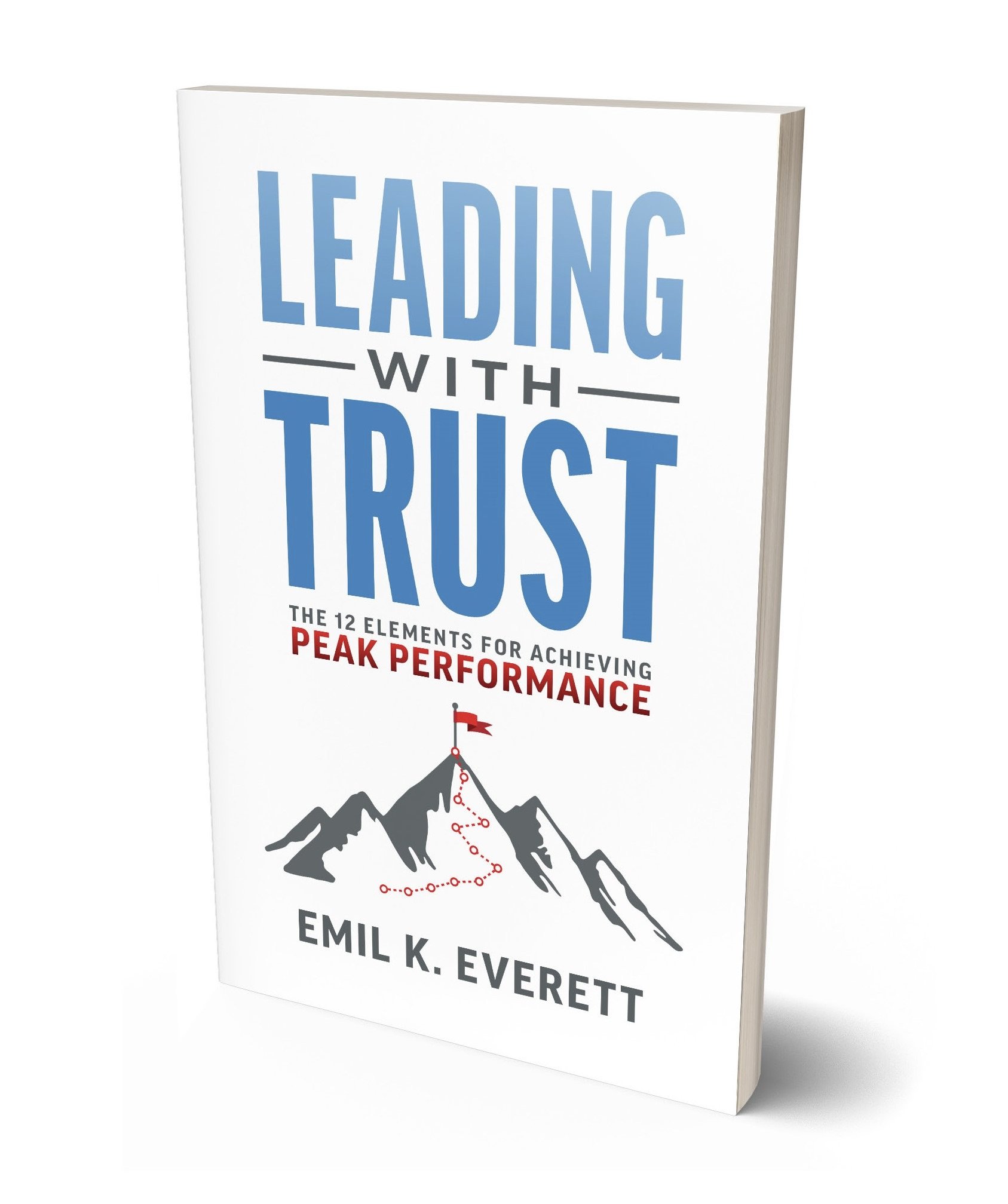The Importance of One-on-One Meetings
One-on-one meetings are a crucial component of effective leadership and management. They provide a private and focused setting for leaders and employees to discuss performance, set goals, and address concerns. Research by Gallup shows that regular one-on-one meetings can significantly boost employee engagement.
Preparing for the Meeting
Set Clear Objectives: Determine the purpose of the meeting. Are you discussing performance, setting goals, or addressing concerns? Having a clear objective helps in making the conversation more focused and productive.
Create an Agenda: An agenda sets the tone for the meeting. It should be concise and shared in advance with the participant. This keeps the meeting on track and allows the participant to prepare accordingly.
The agenda should include the following items:
Begin the meeting by clarifying its purpose and benefits. This initial step sets a clear direction for the discussion. Then, focus on the current situation, examining quantitative and qualitative data to provide a comprehensive view of ongoing issues or progress.
Next, engage in an analysis phase. Here, compare the current data against previously set expectations. This collaborative examination should identify whether there are positive or negative discrepancies, offering insights into performance and goal alignment.
Following the analysis, it's time for action. Establish new expectations and define time-specific Key Performance Indicators (KPIs) based on the information gathered. If necessary, set new deadlines, distinguishing between 'soft' and 'hard'. This stage may also involve scheduling additional meetings for more in-depth coaching. Avail yourself of resources like our free guide on setting expectations to facilitate this process.
Finally, ensure there is a mutual understanding and commitment. Check that the individual fully grasps the relevance and importance of the expectations set. It's crucial to remind them of the personal and team benefits of meeting these expectations, fostering a sense of responsibility and alignment with the team's objectives.
Review Previous Discussions: Before the meeting, review notes from previous meetings to track progress and follow up on any pending issues.
Set the Tone: Establish a comfortable, trusting atmosphere that encourages open communication and effective collaboration. It also helps align a leader's and participant's expectations and focus, ensuring the meeting is productive and goal-oriented.
Conducting the Meeting
Start with a Personal Check-in: Ask how the participant is doing. Ask about recent successes and challenges. This personal touch can help establish a comfortable atmosphere, making it easier to discuss more challenging topics later.
Active Listening: According to Harvard Business Review, effective leaders are active listeners. This involves fully concentrating, understanding, responding, and remembering what is said. Listen to understand versus listening to respond.
Provide Positive and Constructive Feedback: Feedback should be specific, actionable, and focused on behaviors rather than personal attacks.
Set Actionable Goals: Goals set during one-on-ones should be SMART (Specific, Measurable, Achievable, Relevant, and Time-bound). This makes it easier to track progress and hold each other accountable.
Encourage Two-Way Dialogue: Ensure the meeting is a two-way conversation. Encourage the participant to share their thoughts, concerns, and suggestions.
Following Up
Summarize Key Points: At the end of the meeting, summarize the key points discussed and any agreed-upon action items with deadlines as mentioned above. Then, move on to the agenda items listed above.
Follow-up Actions: Send a follow-up email reiterating what was discussed and the next steps (with hard and soft deadlines). This ensures both parties are on the same page and accountable.
Regular Scheduling: Consistency is vital. Schedule regular one-on-ones, as this demonstrates commitment and ensures ongoing dialogue.
Effective one-on-one meetings are an invaluable tool for leaders. They help track progress, set goals, and build stronger relationships with team members. Leaders can make these meetings efficient and effective by preparing thoroughly, listening actively, providing feedback, and ensuring follow-up.
This approach to one-on-one meetings can lead to more productive outcomes and a more engaged and motivated team.

